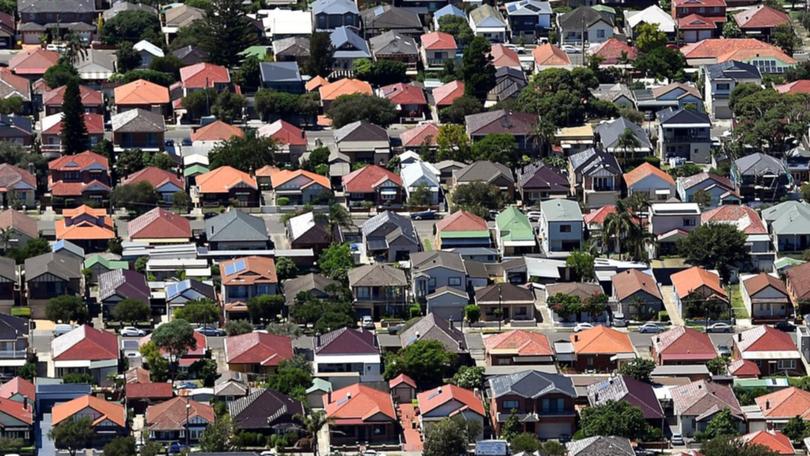House prices: CoreLogic data reveals growth cooling nationally, demand falling

Australian home values have risen for a 19th consecutive month but growth has slowed as more buyers are priced out of the market.
New data from the Australian Bureau of Statistics on Monday revealing the number of dwellings and value of buildings approved in July will also add to the fuller picture of the housing market.
A cooling housing market over winter has been flagged with CoreLogic data revealing a national growth of 0.5 per cent in August.
Sign up to The Nightly's newsletters.
Get the first look at the digital newspaper, curated daily stories and breaking headlines delivered to your inbox.
By continuing you agree to our Terms and Privacy Policy.It’s slightly above the 0.3 per cent increase recorded in July, according to its Home Value Index update released on Monday.
But the pace of growth has slowed with the quarterly increase in national home values (1.3 per cent) less than half the growth rate in the same three-month period in 2023, when it was 2.7 per cent.
CoreLogic’s Head of Research Eliza Owen says the monthly gains were led by Perth, with a two per cent increase, followed by Adelaide with a 1.4 per cent rise and Brisbane with 1.1 per cent.
Monthly growth in Sydney was milder at 0.3 per cent and home values fell slightly in Canberra, Melbourne, Darwin and Hobart.
“Housing values cannot keep rising at the same pace in the mid-sized capitals of Perth, Adelaide and Brisbane when affordability is becoming increasingly stretched,” Ms Owen said on Monday.
“Particularly in the context of elevated interest rates, loosening labour market conditions and cost of living pressures.”
Quarterly growth eased in most capital cities through winter. Brisbane recorded the greatest slowdown with a 1.2 per cent fall between May and August.
Ms Owen said seasonality may have contributed to weaker value growth through winter but affordability constraints are the main factor behind the slowdown.”The seasonally adjusted Home Value Index had a stronger result through the three months to August, at 1.7 per cent, but this is still down from the 3.3 per cent lift seen in the winter of 2023,” she said.
The most affordable 25 per cent of homes in the combined capital city market rose 2.7 per cent in the three months to August, compared to a 0.3 per cent increase for the top 25 per cent, reflecting the strain on demand.
Growth trends have also been highest in relatively affordable pockets like Canterbury in Sydney, which was up 13.3 per cent in the past year, Kwinana in Perth, which grew by 31.4 per cent, and the Springwood-Kingston market in Brisbane, up 25.5 per cent.
Housing demand remains greater than housing supply, which varies from region to region.
Total listings in Melbourne were about 25 per cent higher than the previous five-year average but listings in Perth and Adelaide were down on the five-year average by more than 40 per cent.
Melbourne’s median dwelling value was overtaken by Adelaide in August for the first time since CoreLogic’s reports started 40 years ago and Perth since February 2015.
The Adelaide median is $790,800 and Perth’s is $785,250, compared with $776,044 in Melbourne.
